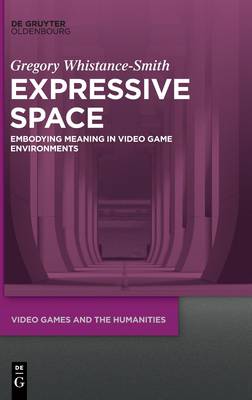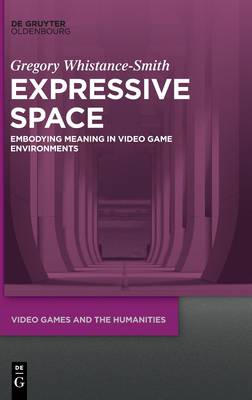
- Retrait gratuit dans votre magasin Club
- 7.000.000 titres dans notre catalogue
- Payer en toute sécurité
- Toujours un magasin près de chez vous
- Retrait gratuit dans votre magasin Club
- 7.000.0000 titres dans notre catalogue
- Payer en toute sécurité
- Toujours un magasin près de chez vous
Description
Video game spaces have vastly expanded the built environment, offering new worlds to explore and inhabit. Like buildings, cities, and gardens before them, these virtual environments express meaning and communicate ideas and affects through the spatial experiences they afford. Drawing on the emerging field of embodied cognition, this book explores the dynamic interplay between mind, body, and environment that sits at the heart of spatial communication. To capture the wide diversity of forms that spatial expression can take, the book builds a comparative analysis of twelve video games across four types of space, spanning ones designed for exploration and inhabitation, kinetic enjoyment, enacting a situated role, and enhancing perception. Together, these diverse virtual environments suggest the many ways that video games enhance and extend our embodied lives.
Spécifications
Parties prenantes
- Auteur(s) :
- Editeur:
Contenu
- Nombre de pages :
- 273
- Langue:
- Anglais
- Collection :
- Tome:
- n° 4
Caractéristiques
- EAN:
- 9783110723571
- Date de parution :
- 31-01-22
- Format:
- Livre relié
- Format numérique:
- Genaaid
- Dimensions :
- 156 mm x 234 mm
- Poids :
- 566 g







